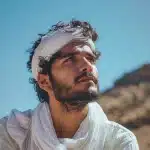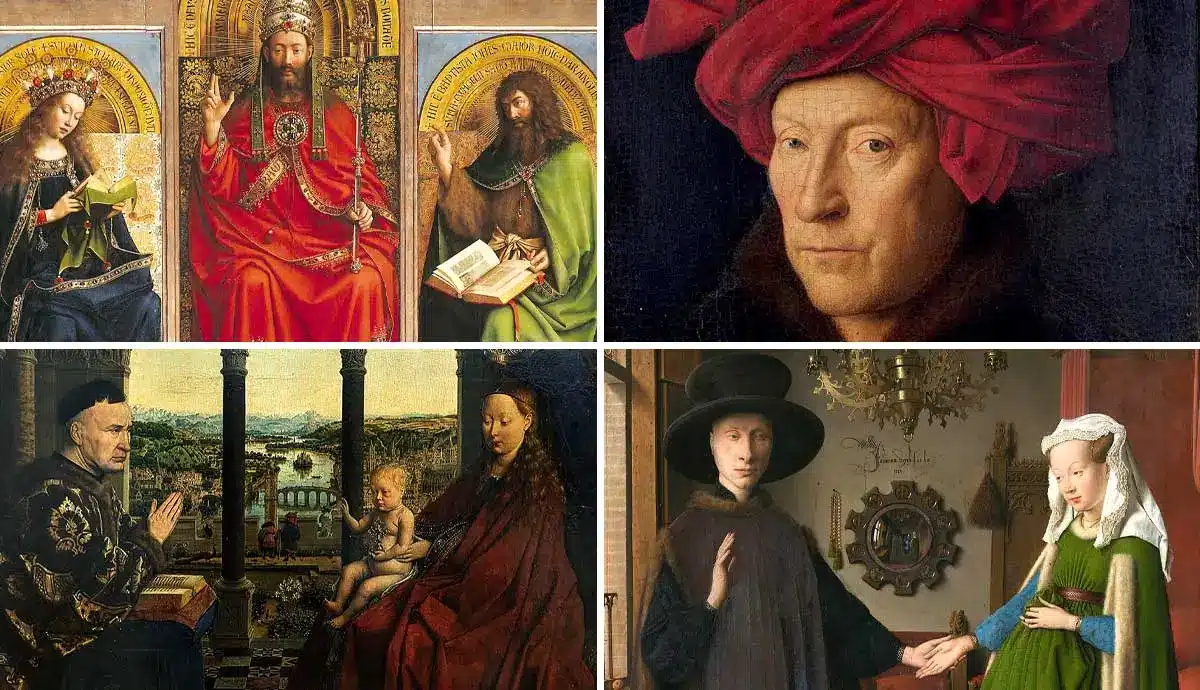Today, we’ll take an exciting trip through art history to rediscover the lasting impact of Renaissance art.
From the 1400s to the 1600s, the Renaissance produced famous artworks that still inspire artists, thinkers, and creators worldwide.
From Leonardo da Vinci’s innovative techniques to Michelangelo’s stunning work, the Renaissance was a real rebirth of art, culture, and learning.
As we explore the world of Renaissance art, we will learn about the stories, the artists, and the rich history of this amazing period.
Get ready to go back in time and see the start of a true artistic revolution.
The Renaissance Period and Art- An Overview
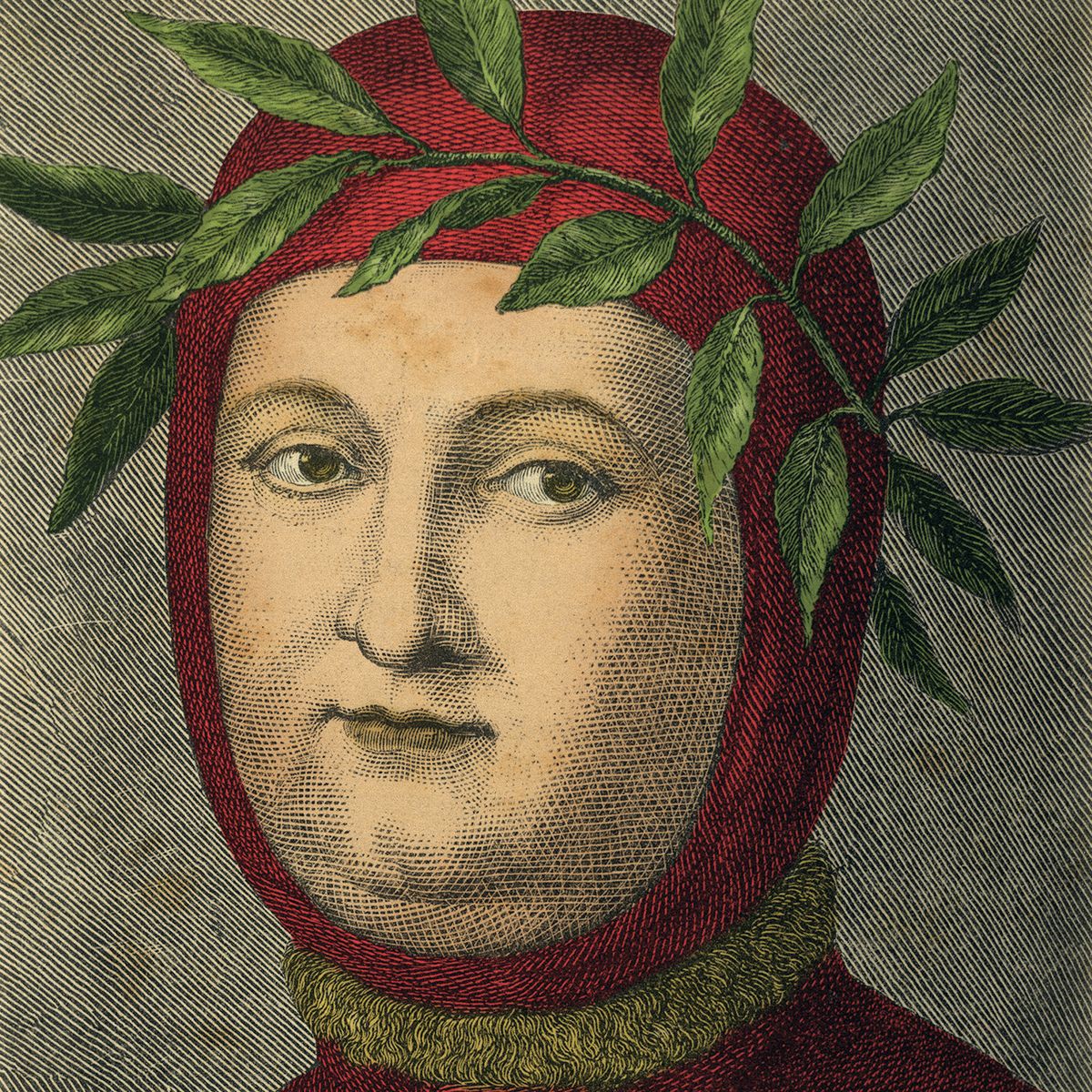
The Renaissance was a transformative cultural and artistic movement that began in Italy in the late 14th century and lasted until the 17th century.
“Renaissance” means “rebirth,” signifying a renewed interest in Ancient Greece and Rome’s classical knowledge and aesthetic ideals.
The period can be divided into three main phases: the Early Renaissance (14th-15th century), High Renaissance (early 16th century), and Late Renaissance (late 16th century).
The Renaissance was underpinned by the humanist philosophy, which emphasized individual potential and a return to the sources of classical antiquity.
This shift in thinking was supported by technological advancements like the printing press, which allowed for the rapid spread of knowledge and ideas across Europe.
The period also saw changes in societal structure, with the rise of a wealthy merchant class that became patrons of the arts, fostering cultural flourishing.
Significance of The Renaissance in The Evolution of European Art
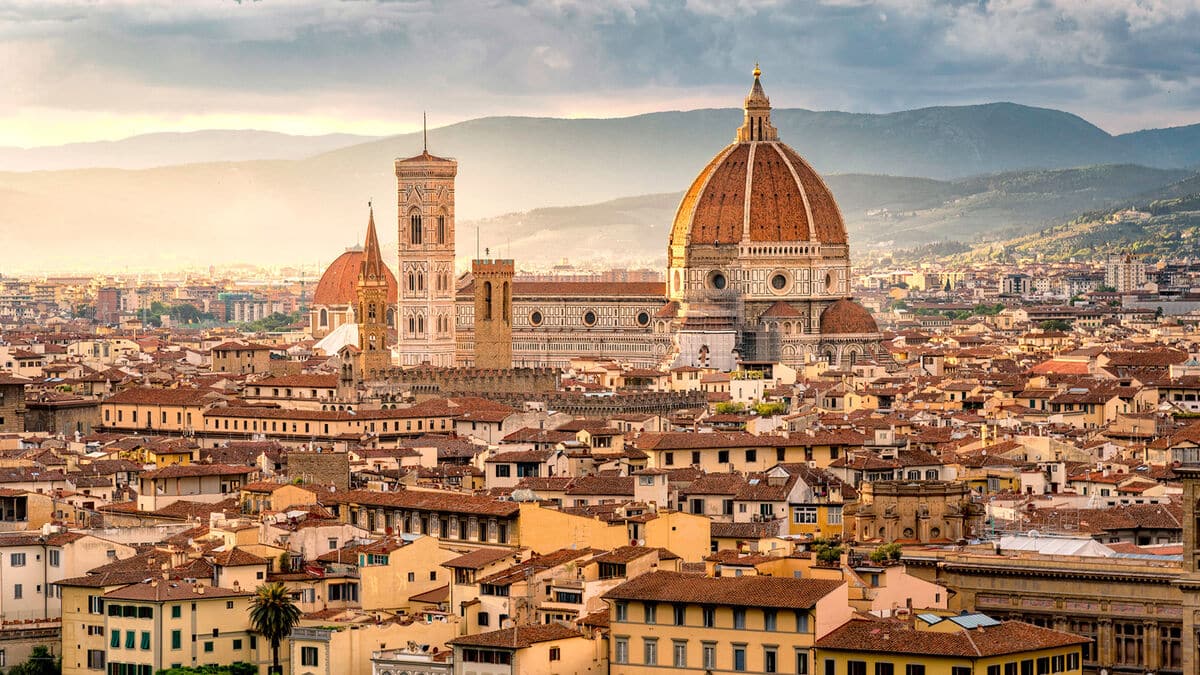
The Renaissance introduced innovative art techniques, such as perspective, realism, and light and shadow, profoundly influencing later artistic movements.
She also laid the groundwork for modern Western thought during this period, contributing to scientific, exploration, and philosophical developments.
Museums, studies, and widespread interest in Renaissance works show the lasting impact of this art.
Historical Context and Origins
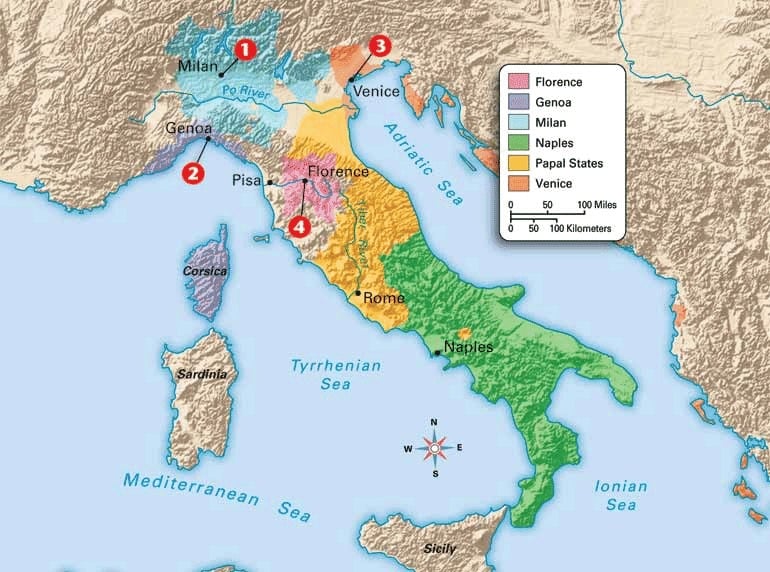
1. The Transition from Medieval to Renaissance Art
The fading of the Middle Ages, characterized by a feudal and church-dominated society, set the stage for the Renaissance.
Increasing urbanization and wealth, particularly in Italian city-states like Florence, provided economic support for the arts.
The Black Plague and other social upheavals shifted population dynamics and attitudes toward life and death, influencing the themes and purposes of art.
2. Key Locations of The Renaissance: Florence, Rome, and Venice
Florence is often considered the cradle of the Renaissance, thanks to the influence of the Medici family and the city’s position as a cultural and economic hub.
Rome experienced a renewal under the Papacy during the High Renaissance, attracting artists like Michelangelo and Raphael to decorate grandiose projects.
Venice served as a bridge between the East and West, fostering a unique blend of Gothic and Renaissance styles and introducing color and light innovations in painting.
3. Early Influencers and Their Contributions
Petrarch, known as the “Father of Humanism,” played a crucial role in the rebirth of classical ideals through his studies of classical texts and his philosophy that emphasized the value of human experiences.
Giotto, a precursor to Renaissance ideals in art, made advancements in realism and emotional expression in human figures.
Other early influencers, such as Dante Alighieri and Boccaccio, contributed to vernacular literature that made classical ideals accessible to a broader audience.
Evolution of Artistic Techniques and Styles
1. Development of Perspective, Chiaroscuro, and Anatomical Accuracy

One of the most significant innovations of the Renaissance was the linear perspective, pioneered by Filippo Brunelleschi.
This technique allowed artists to create the illusion of depth and volume on a flat surface, revolutionizing how space was depicted.
Another important development was chiaroscuro, using strong contrasts between light and dark to give the illusion of volume in modeling three-dimensional objects and human bodies.
This technique was exemplified in the works of Leonardo da Vinci and Caravaggio.
The Renaissance also saw an increased focus on anatomical accuracy, with artists like Leonardo da Vinci and Michelangelo studying human and animal bodies to improve the realism of their depictions.
2. Introduction to Oil Painting
During the Renaissance, tempera, the dominant medium that dried quickly, was transitioned to oil paint.
Oil paint allowed for richer colors, greater detail, and more time for the artist to manipulate the paint.
This versatility facilitated the development of new painting techniques, such as glazing and impasto, which enhanced the texture and luminosity of artworks.
Artists like Titian and Jan van Eyck were pioneers in using oil paint to achieve their distinctive styles and dramatic visual effects.
3. The Role of Patronage in The Arts
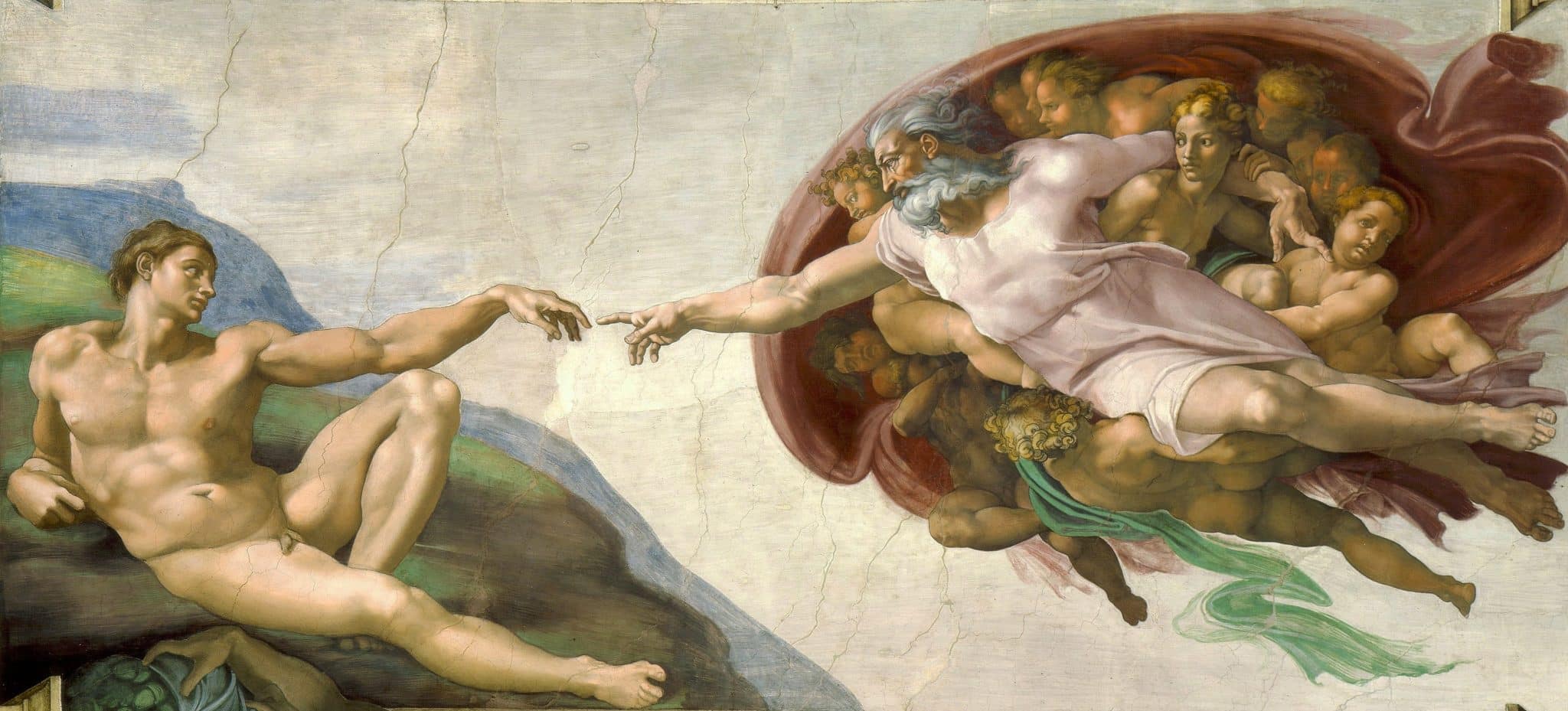
Patronage played a crucial role in the arts during the Renaissance.
Wealthy families and religious institutions commissioned artworks to demonstrate wealth, purity, and power.
The Medici family significantly impacted the arts in Florence, supporting artists such as Michelangelo and Donatello and making the city a center of artistic innovation.
The Church was also a major patron, particularly during the High Renaissance in Rome, where popes like Julius II and Leo X commissioned monumental works from artists like Michelangelo and Raphael.
Key Artists and Masterpieces
| Artist | Masterpiece | Year Created | Description | Analysis |
|---|---|---|---|---|
| Leonardo da Vinci | “The Last Supper” | 1498 | It is one of Leonardo’s most famous religious paintings, known for its dramatic and innovative composition. | Revolutionary use of perspective and complex portrayal of emotion. |
| “Mona Lisa” | 1503-1506 | The iconic portrait is famous for its enigmatic expression and detail. | Noted for its use of sfumato and psychological complexity. | |
| “Vitruvian Man” | 1490 | Drawing symbolizes the blend of art and science during the Renaissance. | Exemplifies studies of human proportions and symmetry. | |
| Michelangelo | “David” | 1501-1504 | A masterpiece of Renaissance sculpture that symbolizes beauty and strength. | Represents Renaissance idealism and mastery of human anatomy. |
| “Pieta” | 1498-1499 | Sculpture that depicts the Virgin Mary holding the dead body of Jesus. | Renowned for its emotional depth and realistic detail. | |
| Sistine Chapel Ceiling | 1508-1512 | Michelangelo’s fresco covers the ceiling of the Sistine Chapel in the Vatican. | Complex composition featuring biblical scenes reflects deep theological themes. | |
| Raphael | “The School of Athens” | 1509-1511 | A fresco in the Vatican depicts an idealized gathering of philosophers and scientists from classical antiquity. | Mastery of perspective and integration of philosophy. |
| “Sistine Madonna” | 1512 | Renowned for the depiction of Madonna in the clouds with saints looking on. | Combines human emotion with a celestial setting, reflecting Neoplatonic ideals. | |
| Donatello | “Saint Mark” | 1413 | Sculpture that depicts the saint with remarkable realism and detail. | Innovatively portrays realism and depth in sculpture. |
| “Gattamelata” | 1453 | An equestrian statue that stands as a monument to the condottiero Erasmo da Narni. | It is notable as one of the first major equestrian bronzes of the Renaissance. | |
| Titian | “Assumption of the Virgin” | 1516-1518 | The altarpiece that illustrates the Virgin Mary ascending to heaven is celebrated for its vibrant color. | Praised for its dramatic composition and use of color. |
| “Venus of Urbino” | 1538 | A reclining nude that has become an icon of Renaissance sensuality and beauty. | Famous for its intimate portrayal of the female form and rich coloration |
Renaissance Art Beyond Italy
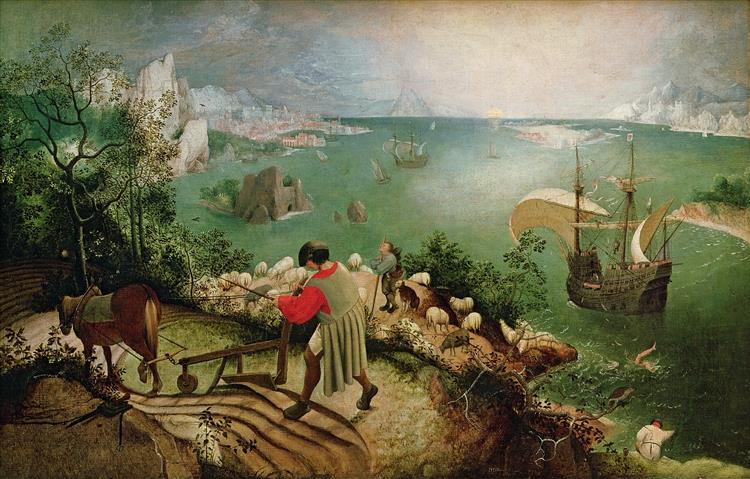
1. Spread of Renaissance Ideas to Northern Europe
Renaissance ideas migrated to Northern Europe, adapting to local artistic traditions and merging with the Gothic style prevalent in the region.
2. Influential Northern Renaissance Artists
Jan van Eyck made significant contributions with his pioneering use of oil paint and his ability to achieve unprecedented detail and realism.
Albrecht Dürer’s work synthesized Northern art’s attention to detail with Italian theories on proportion and perspective, as exemplified in his engravings and religious panels.
3. The Integration of Renaissance Art Into the Local Cultures
Italian Renaissance aesthetics were absorbed and adapted into local traditions, impacting everything from artistic subjects to space and light.
Local works demonstrate these integrations, showing how Renaissance styles were tailored to reflect these regions’ cultural priorities and tastes.
Renaissance Art in Modern Times
- Digital imaging and AI are being used to preserve and restore Renaissance artworks. These technologies help document, analyze, and even recreate damaged or lost elements of the artworks.
- Major global exhibitions have brought Renaissance art to a wider audience. These exhibitions, often due to museum partnerships, allow people to experience the artworks firsthand and learn about their historical and cultural context.
- Online galleries and virtual tours have made Renaissance masterpieces accessible globally. These digital archives provide high-resolution images of the artworks and offer educational resources and interactive features that enhance the viewing experience.
Influence on Modern Art, Education, and Culture
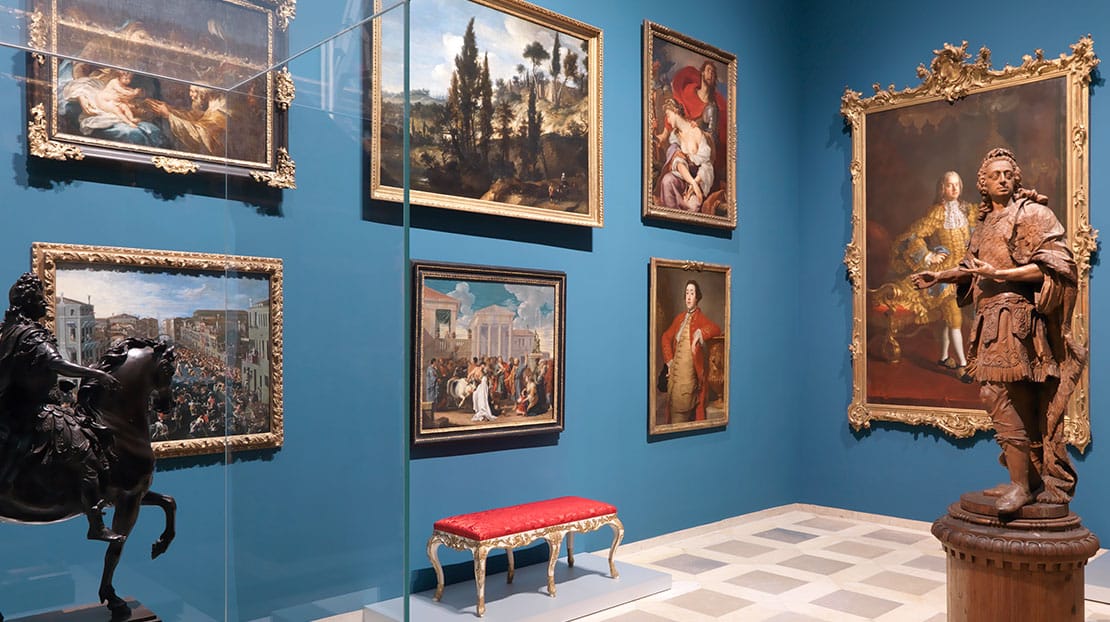
1. Thematic Inspirations
Themes from Renaissance art, such as humanism and realism, continue to inspire contemporary artists. These themes are reinterpreted and adapted to address current social, political, and cultural issues.
2. Techniques and Styles
Modern artists often incorporate or reinterpret Renaissance techniques, such as perspective and chiaroscuro. These techniques continue to be studied and applied in contemporary art practices, demonstrating the enduring influence of Renaissance art.
3. Educational Outreach
Museums and educational institutions offer programs and initiatives to educate the public about Renaissance art. These programs include lectures, workshops, and interactive activities that engage people of all ages and backgrounds.
4. Literature and Film
Renaissance artists and their works are often depicted in modern literature and cinema. These portrayals not only entertain but also educate audiences about the lives and times of these artists and the cultural and historical significance of their works.
5. Public Discourse and Ideals
The humanistic values of the Renaissance continue to influence contemporary views on ethics, aesthetics, and education. These values, which emphasize the importance of human dignity, creativity, and knowledge, shape public discourse and inspire individuals to strive for excellence.
6. Interior and Fashion Design
The Renaissance significantly influences current trends in interior design and fashion. Patterns, motifs, and techniques from the period are revived and adapted to create elegant and timeless designs in both fields.
Why Did the Italian Renaissance End?

1. Political and Economic Shifts
The French invasion of Italy in 1494 and the subsequent conflicts destabilized the Italian city-states, leading to political upheaval and warfare.
These conflicts disrupted the patronage system and the cultural environment that had fostered the Renaissance.
The discovery of the Americas and the shift in trade routes led to a decline in the economic prosperity of Italian city-states.
As the focus of commerce moved away from the Mediterranean, the wealth and influence of Italian cities diminished, affecting the patronage of the arts.
2. Cultural and Intellectual Changes
The Catholic Church’s response to the Protestant Reformation led to increased censorship and a decline in humanist ideals.
The Church’s efforts to reassert its authority and combat the spread of Protestant beliefs created a more restrictive intellectual environment that stifled artistic expression.
3. Social and Religious Factors
The Protestant Reformation and the Catholic Church’s stringent measures to retain its influence led to religious conflict and social turmoil.
The resulting climate of uncertainty and instability affected the arts, as the Church became more cautious in its patronage and scrutinized the subject matter of artworks more closely.
Growing wealth disparities and social hierarchy changes affected patronage and the arts.
As the middle class grew and the influence of the nobility waned, the nature of artistic patronage changed, with a greater emphasis on private commissions and a shift away from large-scale public works.
4. Artistic Evolution
The emergence of Mannerism and the Baroque style in the late 16th and early 17th centuries reflected changing tastes that moved away from the classical ideals of the Renaissance.
These new styles emphasized emotional intensity, dramatic effects, and elaborate ornamentation, departing from the Renaissance’s harmonious and balanced compositions.
The focus of artistic innovation gradually shifted from Italy to other parts of Europe, particularly France, Spain, and the Netherlands.
As these countries developed their distinct artistic traditions and styles, the cultural dominance of Italy waned, and the Renaissance spirit became more diffuse.
5. Impact of Major Events
- The Sack of Rome (1527): The troops of the Holy Roman Emperor Charles V sacked Rome, having a profound psychological and economic impact on the city. The event symbolized the end of Rome’s cultural supremacy and the fragility of the Renaissance spirit in the face of political and military upheaval.
- The Council of Trent: The decisions made during the Council of Trent (1545-1563) reshaped the cultural landscape of Italy and curbed the Renaissance spirit. The Council’s emphasis on religious orthodoxy and its condemnation of certain artistic practices led to a more conservative and controlled artistic environment.
6. Legacy and Transition
The end of the Renaissance marked the beginning of the Early Modern period, characterized by new philosophical, scientific, and artistic movements.
While the Renaissance spirit waned, its ideals and achievements laid the foundation for the development of modern European culture.
Despite the end of the Renaissance as a distinct historical period, its ideals and influences were preserved and transformed in subsequent artistic and intellectual movements.
The emphasis on humanism, individualism, and the revival of classical learning continued to shape Western art and thought in the following centuries.
Wrapping Up
The Italian Renaissance was a remarkable period that left an indelible mark on art, culture, and society.
The legacy of the Renaissance continues to inspire us, from Leonardo da Vinci’s groundbreaking techniques to its influence on modern art and thought.
As we reflect on the political, economic, and cultural factors that led to its eventual decline, we can appreciate the profound impact of this era on shaping the course of Western civilization.
Although the Renaissance may have ended, its spirit lives on in the countless masterpieces, ideas, and innovations it produced.
So, let us celebrate this extraordinary chapter in human history and strive to keep its ideals of creativity, curiosity, and humanism alive.
Frequently Asked Questions
What Were 3 Things Renaissance Art Was Known For?
Renaissance art was known for realism, perspective, and light and shadow.
Who Painted the Last Supper?
Leonardo da Vinci painted the Last Supper.
What Four Arts Were Explored in The Renaissance?
Painting, sculpture, architecture, and literature were explored during the Renaissance.
What is the Most Famous Piece of Renaissance Art?
The Mona Lisa is the most famous Renaissance artwork.


